A starlit revel on the Coconut Milk Run
Written for Ocean Navigator & published the USA
Jan 1,
Bare feet, shorts or bikinis. Night watches beneath starry skies, wearing only a T-shirt, watching the space station in the northern sky. Rolling gently as she ran under trade wind rig. Relaxing in the shade of the bimini as the gentle breeze wafted us across the blue Pacific Ocean toward French Polynesia. We were so lucky to be here. This is the sailing dreams are made of.
Compared to the annual migration from the U.S. East Coast to the Bahamas and West Indies or across the Atlantic, few boats leave Panama and the Galapagos to head west. Possibly because this 3,000-mile passage commits many boats to a circumnavigation, or at least a massive circle of the Pacific. There were perhaps 250 boats making this season’s Coconut Milk Run from the Galapagos to the Marquesas. Probably a quarter of them were U.S. boats, some of which would divert up to Hawaii or a Pacific circumnavigation. Another quarter were Australian and New Zealand craft on the last leg of their circumnavigation, and the next largest contingent were British, as I am. A mixed group of French, German and Scandinavian boats made up the last 25 percent - truly international sailing. The smallest boats were around 31 feet, and many were between 40 and 50 feet.
The winds around the Galapagos were fickle and light, requiring some motoring unless we wanted to spend a couple of weeks just getting clear. The Intertropical Convergence Zone (ITCZ) lay in wait around 400 miles south and west, depositing hundreds of gallons of warm water onto Bambola Quatre. The accompanying squalls up to 40 knots were challenging, and we took the option of heading almost due south to 6° S in order to clear the ITCZ quickly and find the promised trade winds. They were constantly ESE in the 20- to 25-knot range, which, added to almost a knot of favourable current, gave over the ground speeds that are impressive.
About 500 miles from the Marquesas, a line of 35-knot squalls were followed by a drop in wind and a change to the NNE - directly astern - in the 10- to 15-knot range, beautiful downwind sailing with little swell. This passage is the longest in any circumnavigation, and the ETA mattered not a jot for most of us. Sunday or Wednesday would do fine or even the following Friday.
Many boats checked in with the Big Fish Net each morning, giving positions, conditions and details of fish caught. (We had two delicious three-foot tuna.) Technical assistance from others on the net helped boats suffering the normal problems of chafe, blocked heads, alternator failure, broken fan belts, torn sails, self-steering failure and SSB problems.
Probably the biggest change was the advent of the Pactor Modem that enabled us to send and receive email via our SSBs and laptops. I check my mail, albeit infrequently. This experience was so very special it seemed wrong to spoil a beautiful voyage with humdrum activities.
Michael E Briant[
Written and emailed from some 300 miles from the Marquesas.]
For my sailing books and French canal guides please go to
French Canal Routes to the Mediterranean
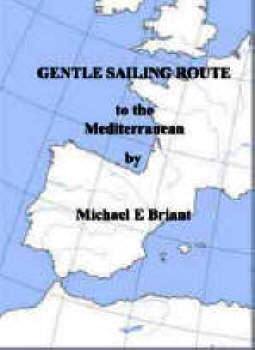

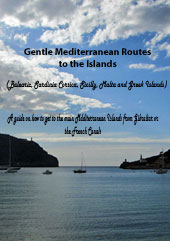
Gentle Sailing Route to the Mediterranean
Gentle Mediterranean Routes to the Islands
Caribbean Islands Cruising Guides
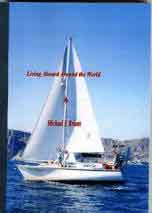
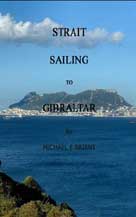
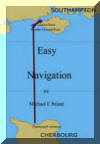
Living Aboard Around the World
|
I am pleased to say this web site is who have been kind, helpful and understanding. I really recommend them |
